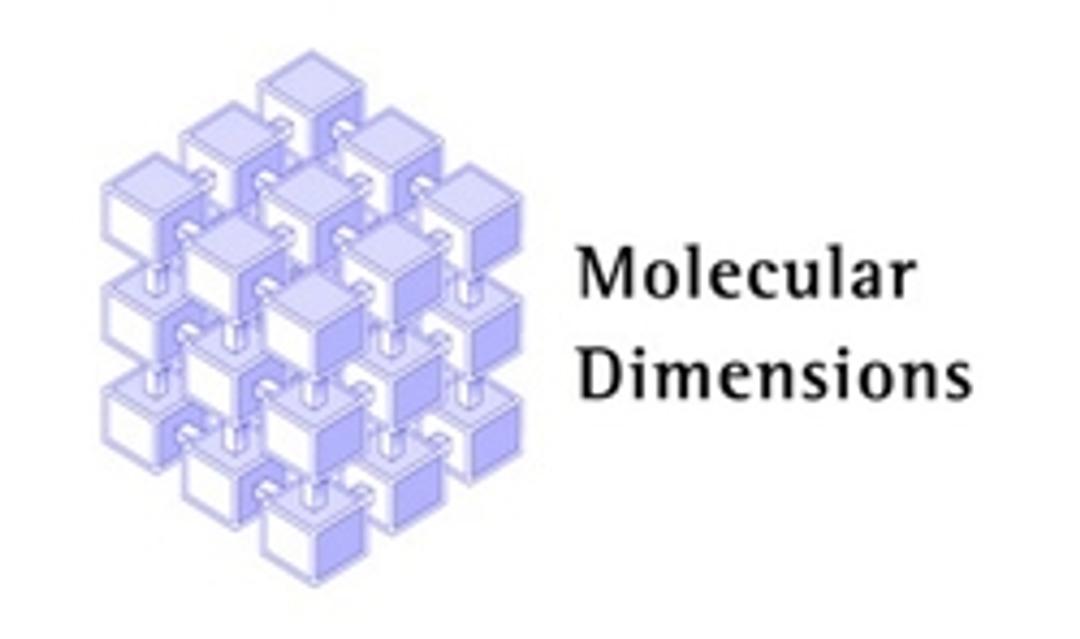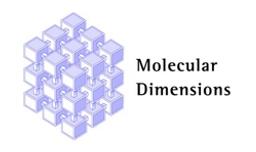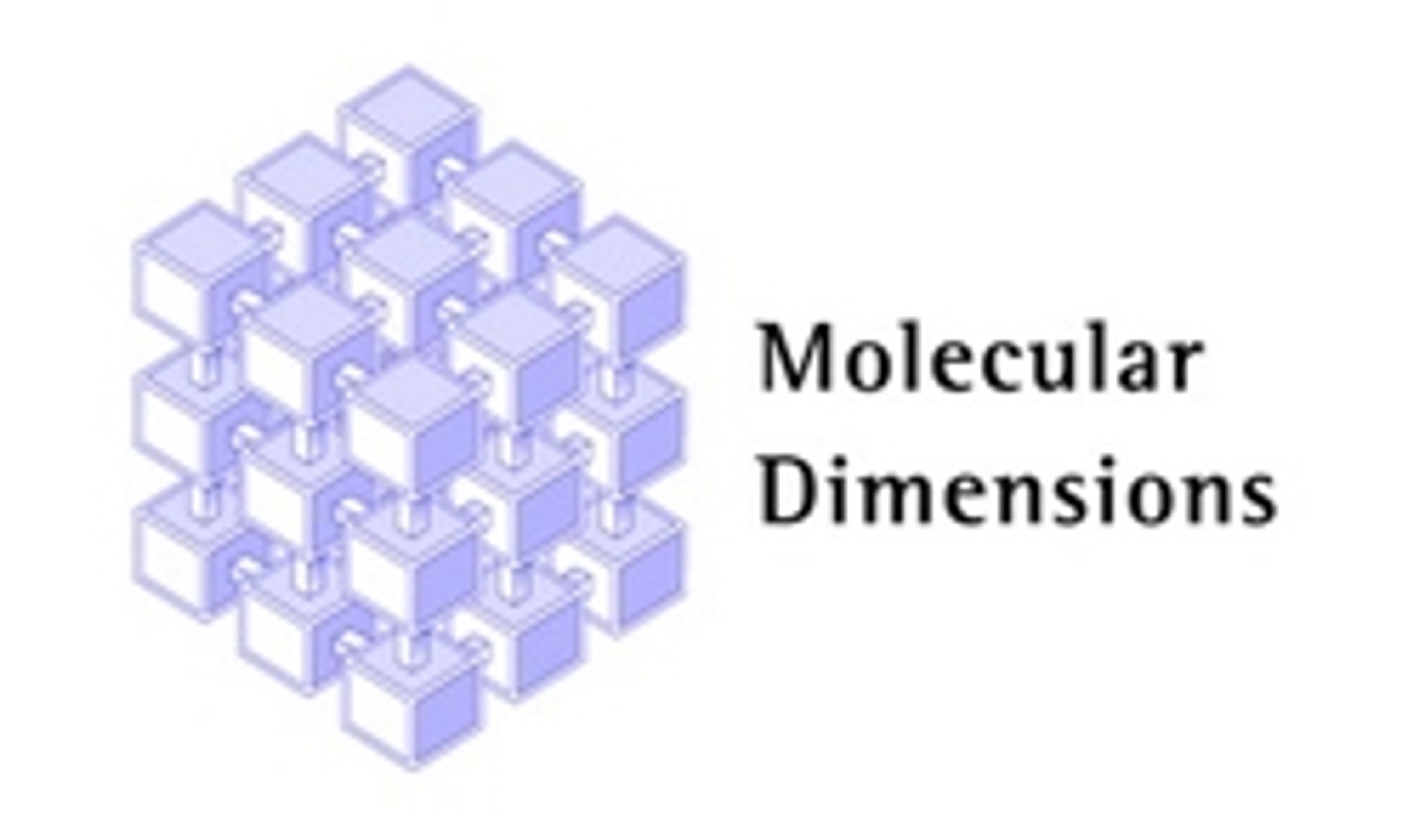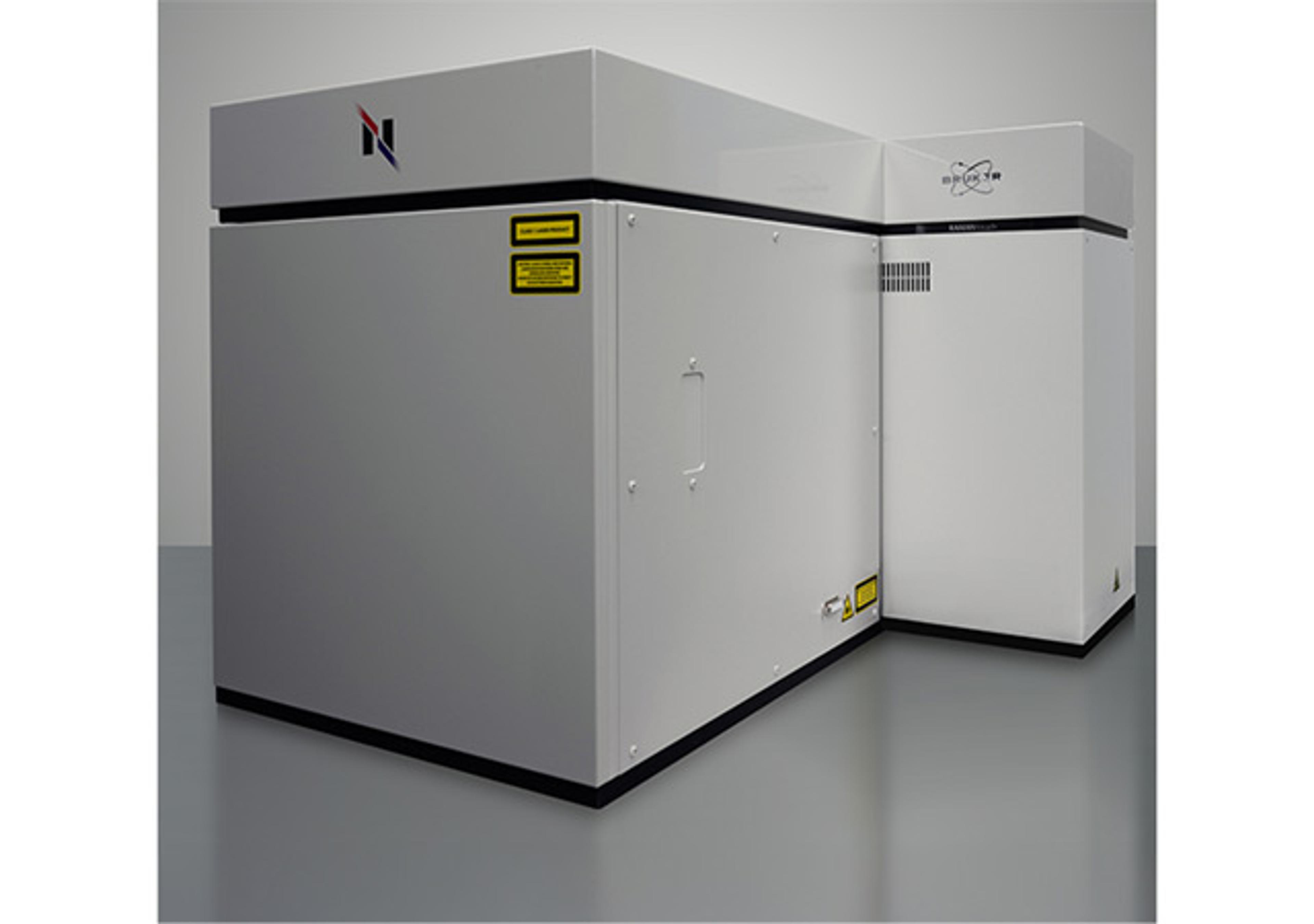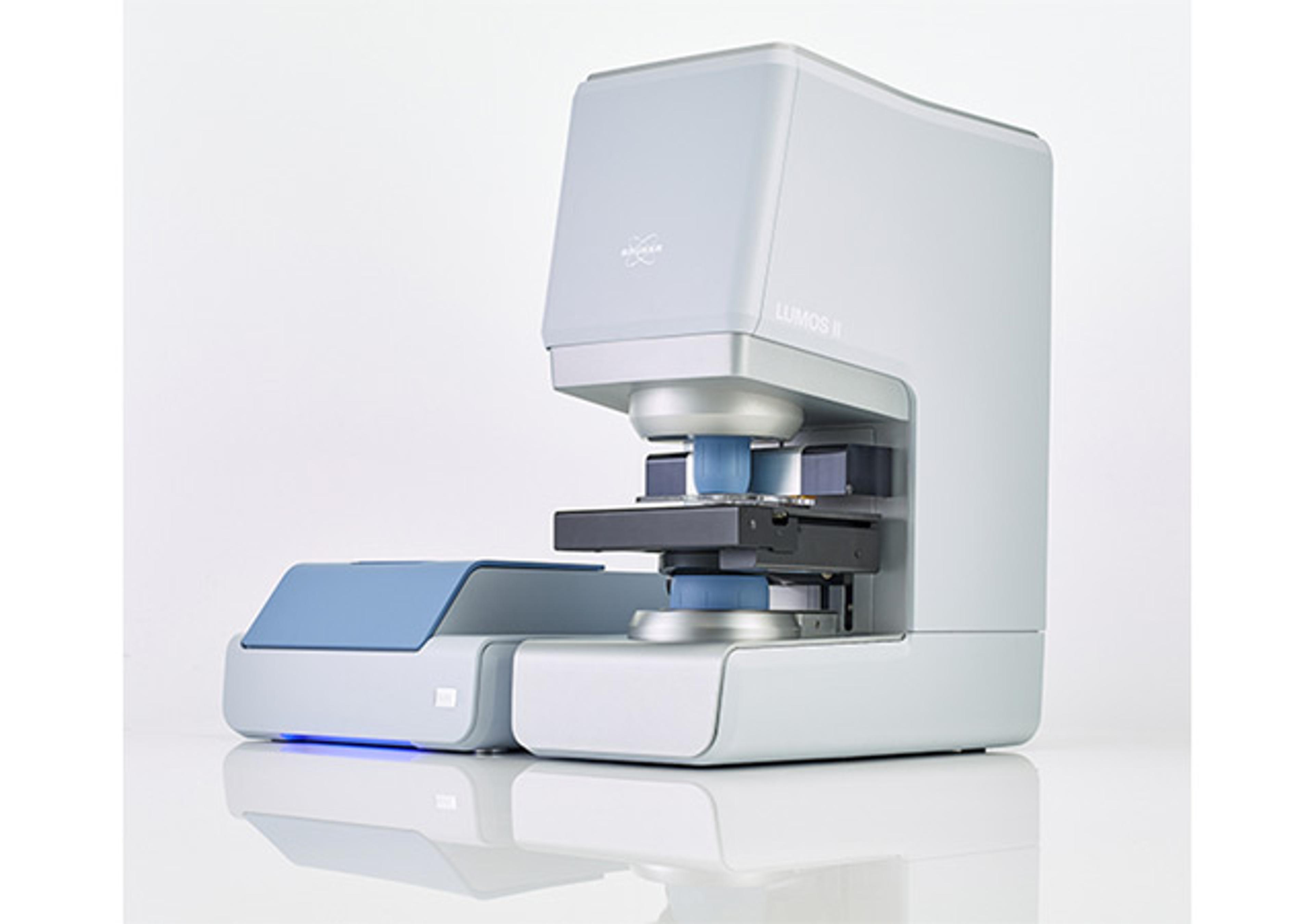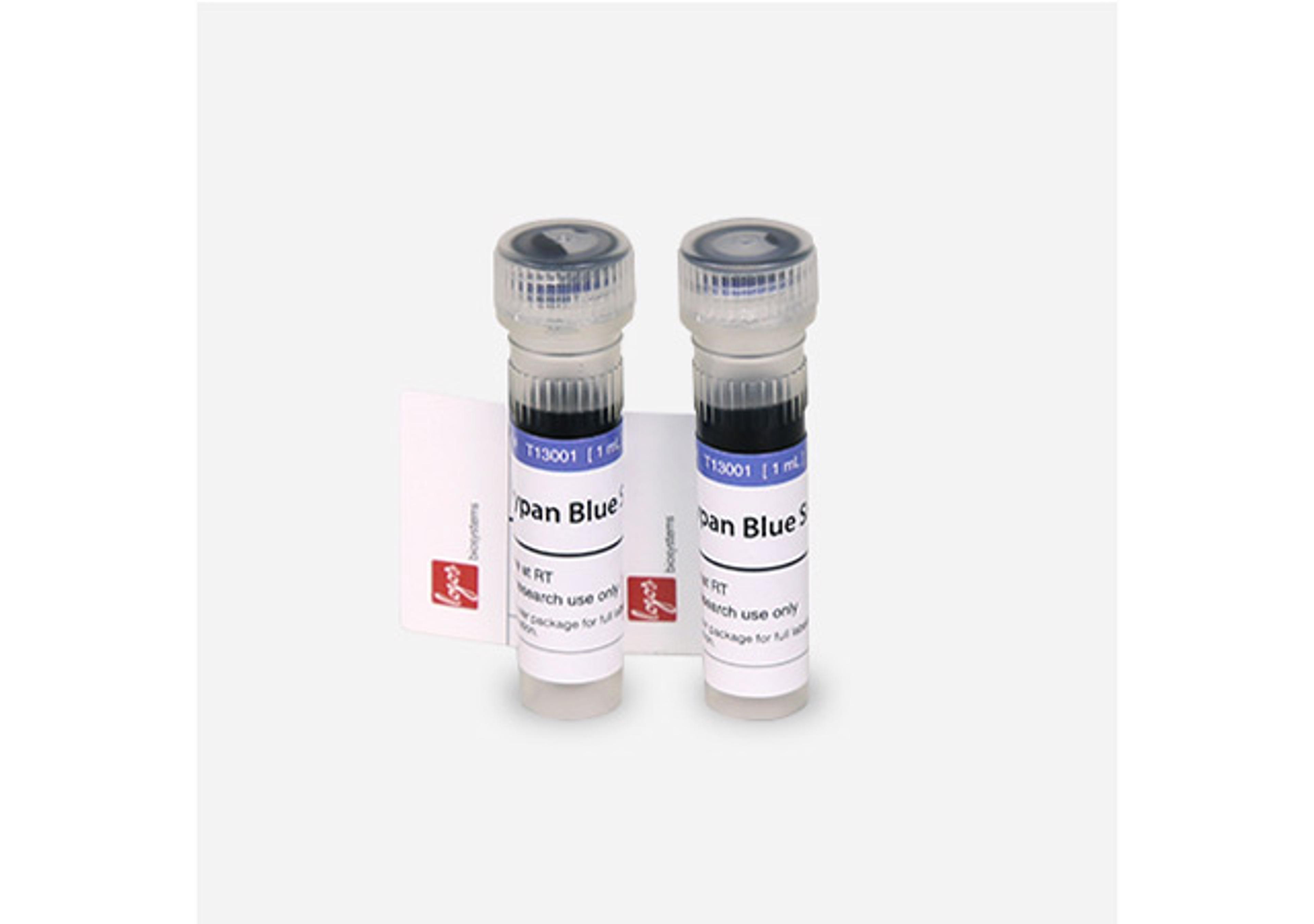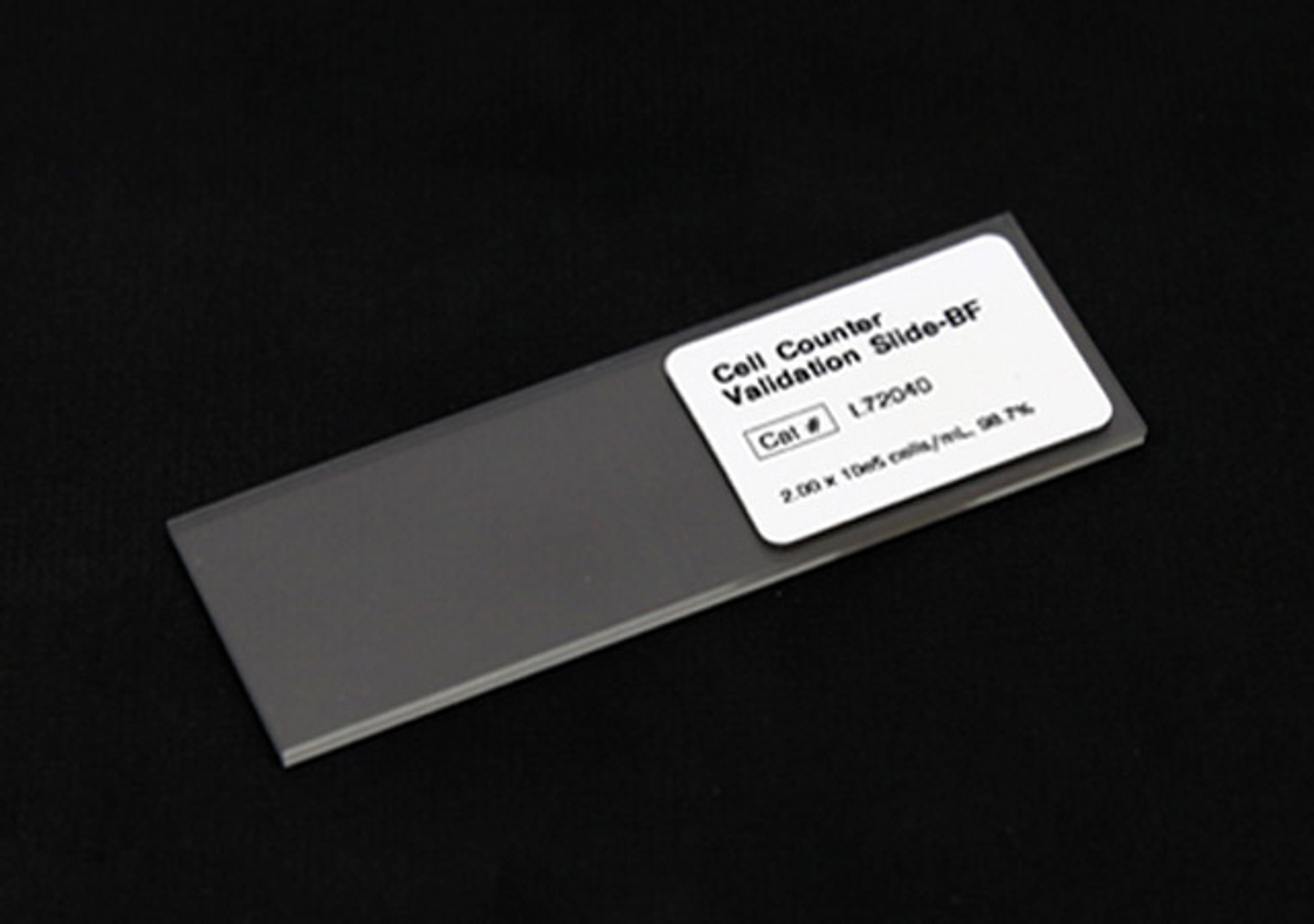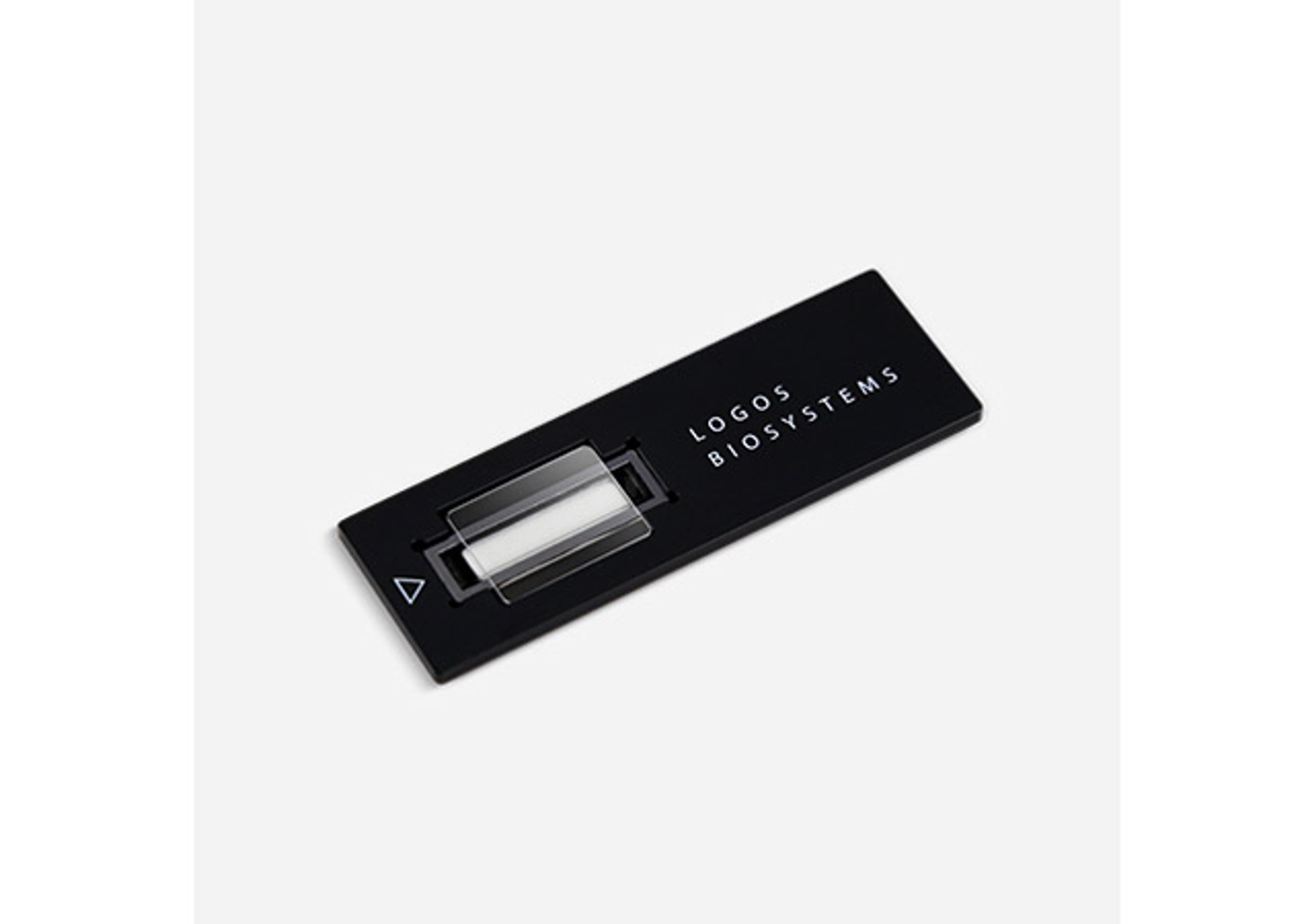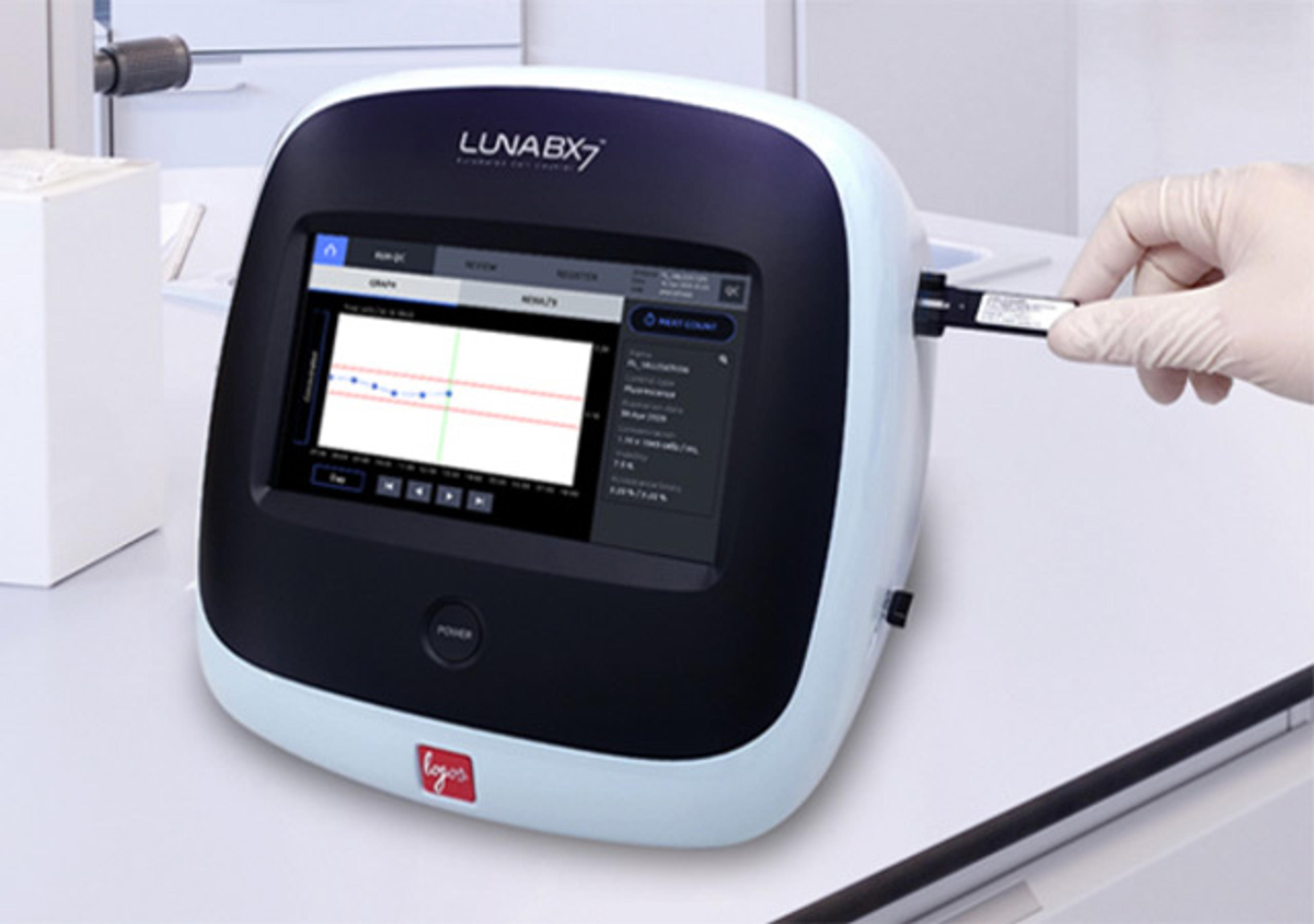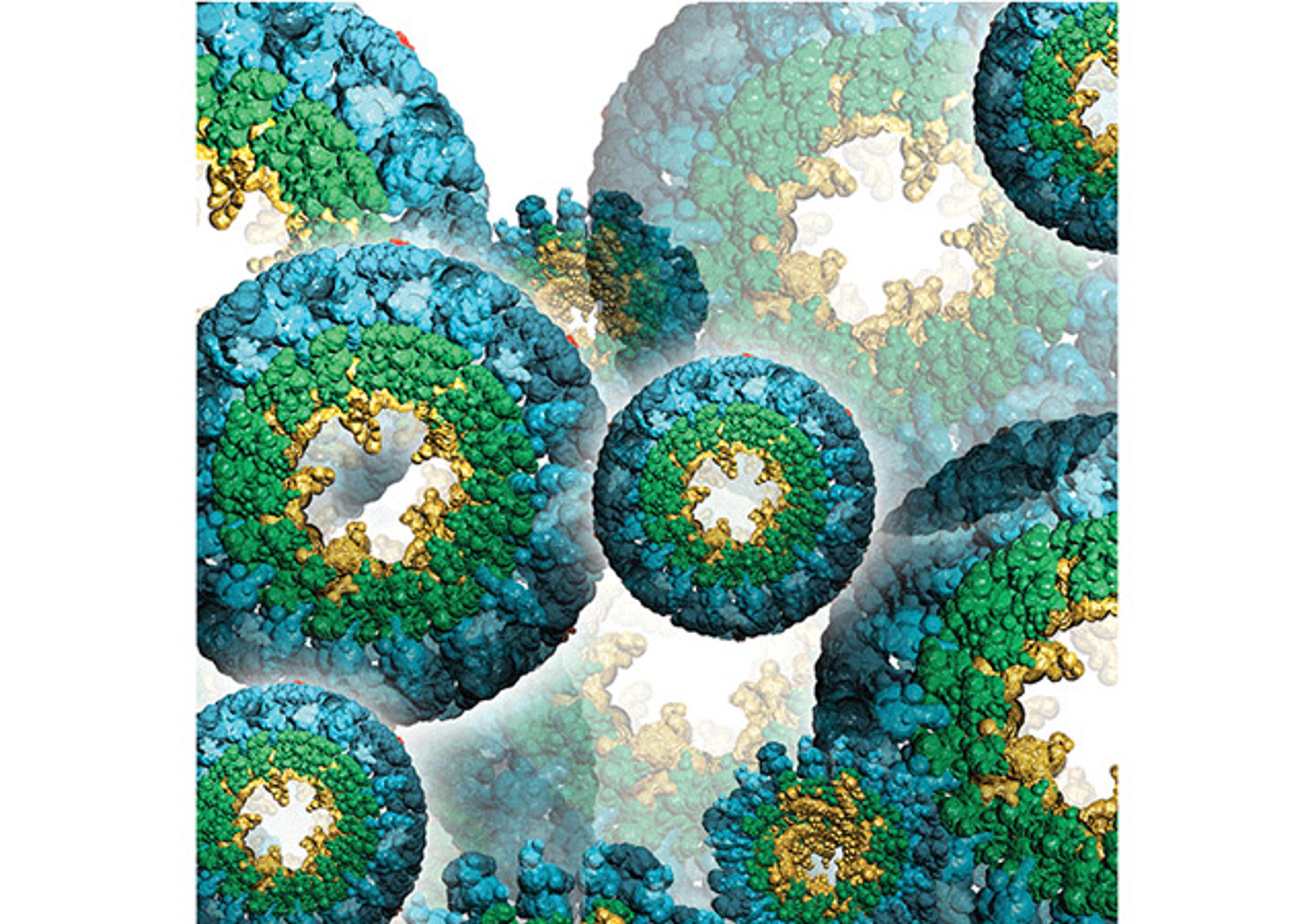Structure Screen 1
Originally published in 1991 by Jancarik & Kim from conditions found to be successful in the crystallization of biological macromolecules. This classic standard sparse matrix screen lets you: Determine initial crystallization conditions. Establish the solubility of a macromolecule in a varying range of pH and precipitants. and with the enhanced buffer selection enables screening of greater crystallization space.Structure Scre…
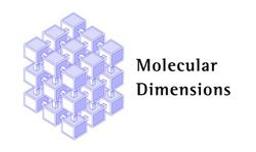
The supplier does not provide quotations for this product through SelectScience. You can search for similar products in our Product Directory.
crystallisation
Molecular dimensions Structure screen 1 is very productive and helps to analyse the initial screening and very successfully finds initial hits.
Review Date: 26 Aug 2015 | Molecular Dimensions
Proteins Crystallization
Finding the suitable condition of protein for crystallization is sometimes challenging. Crystal Screen formulated by Hampton Research is the first option that contains 96 conditions. However if the protein is in small amount or volume, the structure screen formulated by Molecular Dimension will be the second option. This will need only 50 microlitre of the pure protein as it contains 50 conditions. This structure screen contain buffer with a wide range of pH ranging from 3-8.5. Besides this it contain a wide variety of salts, organic polymers(precipitants) etc. This screen provides a sample and practical way to find the initial crystallization conditions. If the protein is in sufficient amount/quantity I recommend the crystal screen formulated by Hampton Research. On the other hand if the protein is in small amount/quantity the structure screen formulated by Molecular Dimension is recommended. Further optimization of the initial conditions may be necessary.
Review Date: 17 Jan 2014 | Molecular Dimensions
Originally published in 1991 by Jancarik & Kim from conditions found to be successful in the crystallization of biological macromolecules.
This classic standard sparse matrix screen lets you: Determine initial crystallization conditions. Establish the solubility of a macromolecule in a varying range of pH and precipitants. and with the enhanced buffer selection enables screening of greater crystallization space.
Structure Screen 1 Applications:
- proteins,
- peptides,
- nucleic acids and ,
- water soluble small molecules.

